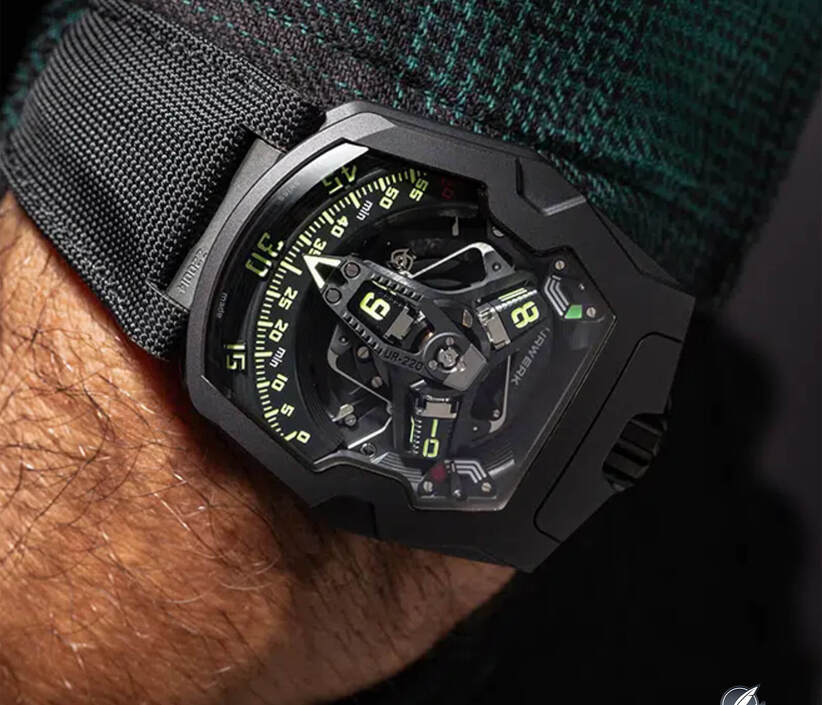
When it comes to coloring luxury watches and their movements, two key technologies are widely used: PVD (Physical Vapour Deposition) and ALD (Atomic Layer Deposition). These technologies involve the application of thin layers of metal coating onto metal surfaces such as watch cases and movement parts.
PVD, or Physical Vapour Deposition, is a process where the desired metal coating is changed into a gas or vapor form and then condensed onto the metal surface to be coated. This process takes place in a vacuum chamber at low temperatures. PVD coatings are known for their durability, providing long-term protection against corrosion and scratches while giving a lustrous appearance.
ALD, or Atomic Layer Deposition, is another technique used in watchmaking for coloring watches. It was introduced in the industry around 2014 by the company Positive Coating. ALD offers better uniformity and control of the deposition thickness on complex geometries compared to PVD coating. It allows for the production of rainbow gradients on watch components by using several colors or different tones of the same color.
Both PVD and ALD have revolutionized the way watches are colored, offering a wide range of options for watch enthusiasts. These technologies have made it possible to create vibrant and unique designs on watch cases and movements, adding a touch of individuality and style to each timepiece.
In conclusion, PVD and ALD are two key technologies used in the process of coloring luxury watches and their movements. They provide durability, protection against corrosion and scratches, and the ability to create beautiful and intricate designs. These technologies have greatly expanded the possibilities for watch customization and have become integral to the world of luxury watchmaking.